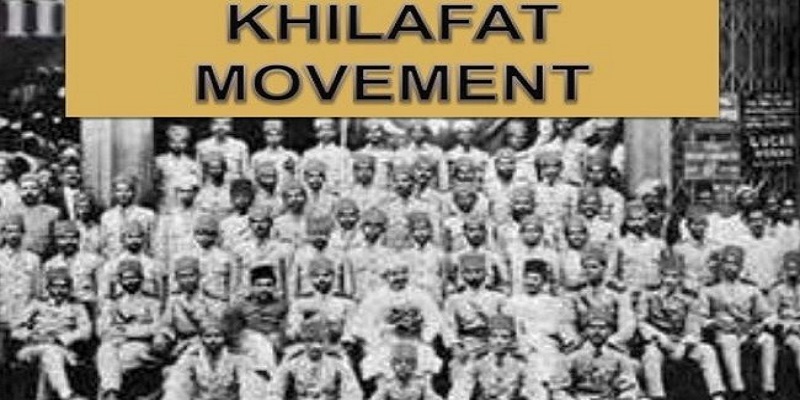The Khilafat-Non Cooperation Movement in India
The Khilafat Movement, also known as the Khilafat-Non Cooperation Movement or the Khilafat Movement, was a significant socio-political and religious movement in India during the early 20th century. It emerged as a response to the aftermath of World War I and the Treaty of Sèvres (1920), which aimed to dismantle the Ottoman Empire and, in the process, adversely affected the status of the Caliphate in Istanbul.
The Khilafat Movement gained momentum in the backdrop of the larger Indian independence struggle against British colonial rule. It was a unique collaboration between two major communities in India – the Muslims and the Hindus – who came together to address a common concern: the fate of the Ottoman Caliphate and the holy places of Islam in the aftermath of the World War.
The central figure in the Khilafat Movement was Maulana Muhammad Ali Jauhar, along with his brother Maulana Shaukat Ali. They were prominent leaders who played a pivotal role in mobilizing Muslims for the cause of the Caliphate. The Khilafat Committee was formed in 1919 to coordinate the efforts of the movement, with Ali Brothers at its helm.
The movement sought to establish a united front against British rule and injustice towards the Ottoman Empire. Mahatma Gandhi, who was leading the Non-Cooperation Movement against British rule, saw an opportunity for a joint struggle and lent his support to the Khilafat cause. This alliance between the Khilafat Movement and the Non-Cooperation Movement was historic and marked a unique instance of Hindu-Muslim unity in the Indian independence movement.
One of the key features of the Khilafat Movement was the establishment of the Khilafat Swaraj Party in 1922, which aimed to combine the demands for the restoration of the Caliphate with those of Indian self-rule. The leaders of this party, including Ali Brothers, sought to leverage the political situation in favor of both causes simultaneously.
The Khilafat Movement gained widespread support across India, cutting across religious lines. Mass protests, demonstrations, and non-cooperation with the British authorities became common forms of expression. People from all walks of life, including peasants, workers, and students, participated in the movement, displaying a broad-based support that transcended religious affiliations.
However, the Khilafat Movement faced challenges, both internal and external. Internally, differences arose within the movement regarding its objectives and strategies. Some leaders, like Maulana Azad, were more inclined towards constitutional methods and dialogue with the British, while others, like Ali Brothers, advocated for more radical approaches.
Externally, the global political landscape shifted with the rise of Mustafa Kemal Atatürk in Turkey. Atatürk's nationalist reforms, including the abolition of the Caliphate in 1924, dealt a severe blow to the Khilafat Movement's primary objective. The movement, originally focused on the restoration of the Caliphate, had to reassess its goals in light of these developments.
In the aftermath of the Chauri Chaura incident in 1922, where a peaceful protest turned violent, Mahatma Gandhi withdrew his support for the Non-Cooperation Movement, leading to a weakening of the alliance with the Khilafat Movement. This setback, combined with internal differences, contributed to the decline of the Khilafat Movement as a major force in Indian politics.
Despite its eventual decline, the Khilafat Movement left a lasting impact on the Indian political landscape. It demonstrated the potential for Hindu-Muslim unity in the struggle against colonialism and paved the way for future collaborations between the two communities. The movement also highlighted the role of religious sentiments in shaping political movements and the complexities of balancing multiple objectives within a single movement.
The Khilafat Movement was a significant chapter in India's struggle for independence, marked by its unique combination of religious and political motivations. The collaboration between Muslims and Hindus during this movement showcased the possibility of transcending communal differences for a common cause. Though the movement faced challenges and ultimately did not achieve its primary objective, its legacy endured in shaping the dynamics of communal relations and political mobilization in India.

